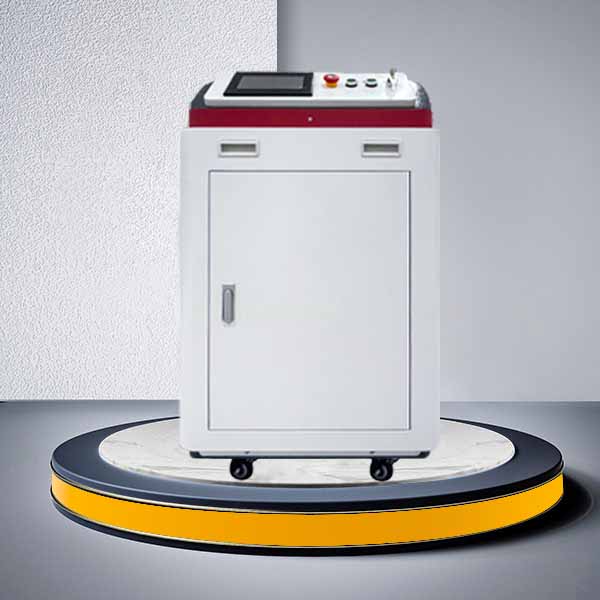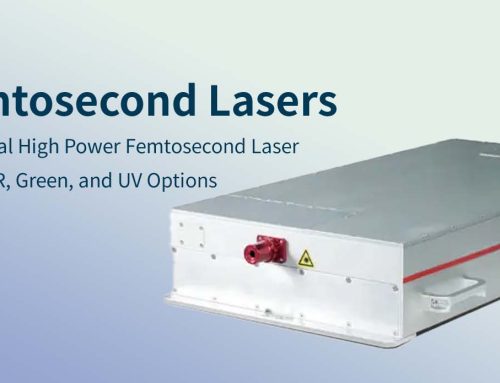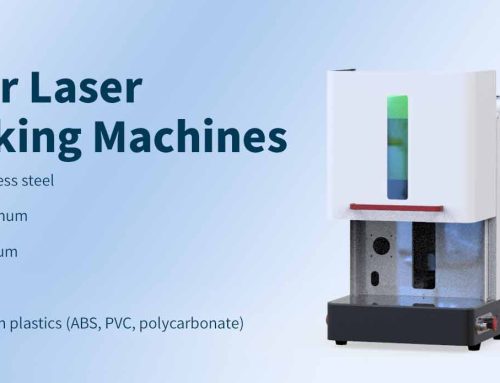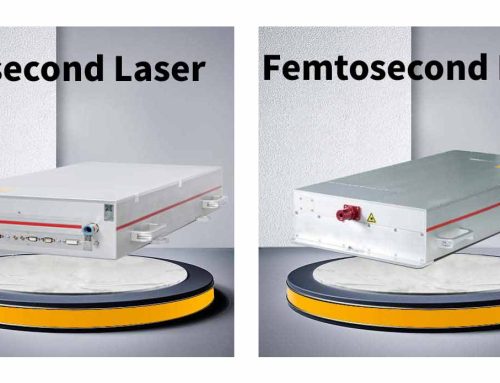Laser cleaning is an efficient and environmentally friendly technology for removing surface contaminants, which is widely used in the automotive, aviation and other industrial fields. For large-area uniform cleaning tasks, continuous lasers perform well; while when processing delicate or fragile materials, pulsed lasers can provide more precise and controllable energy output. The type of laser to be selected should be determined based on the specific cleaning object and process requirements.
Continuous Laser Cleaning Machines

The continuous laser cleaning machine uses a continuously output laser beam. The laser continuously emits a high-energy beam to irradiate the surface of the workpiece. The laser energy is quickly absorbed by the surface stains and oxide layers, causing them to instantly heat up and vaporize or peel off, with almost no heat-affected zone on the substrate; the high-speed pulse or galvanometer scanning device can achieve large-area, high-efficiency automated cleaning, which is suitable for removing metal rust, paint, oxide layers and other surface contaminants.
Pros:
- High efficiency for large areas.
- Consistent, uniform cleaning.
- Easy to operate.
Cons:
- Less precision for delicate tasks.
- Higher energy consumption.
- Risk of overheating sensitive materials.
Continuous laser cleaning machines are excellent for large-scale, uniform cleaning but may not be ideal for tasks requiring high precision or delicate material handling.
Pulsed Laser Cleaning Machines

The pulsed laser cleaning machine uses a laser to irradiate the surface of the workpiece with extremely short high-peak power pulses (usually in nanoseconds or picoseconds). Each pulse releases a large amount of energy, causing the attached layer to instantly vaporize, micro-explode or peel off, and the pulse interval is long enough that the substrate has time to dissipate heat, thereby achieving “cold” cleaning; combined with high-speed galvanometer scanning or mechanical movement, it can ensure extremely high cleaning efficiency while protecting the substrate from thermal damage to the greatest extent. It is widely used in scenarios such as rust removal of precision parts, paint removal, and biological fouling removal.
Pros and Cons
Pros:
- Highly precise for sensitive tasks.
- Minimizes heat-related damage.
- Versatile for different materials.
Cons:
- Slower cleaning speed for large areas.
- More complex to operate.
- Typically higher cost.
Pulsed laser cleaning machines excel in precision tasks but may be slower and more complex than continuous lasers, making them best suited for delicate and detailed cleaning applications.
How to Choose Between Continuous and Pulsed Laser Cleaning Machines?
When deciding between a continuous-wave (CW) and a pulsed laser cleaning system, weigh these key factors:
Material Sensitivity & Precision
Pulsed lasers deliver very short, high-peak-power bursts that remove contaminants with minimal heat flow into the substrate (“cold” ablation). Data shows that pulsed lasers can reduce thermal damage by up to 50% compared to continuous lasers, making them the preferred choice for sensitive materials, micro-features or heat-sensitive coatings.
Continuous-wave (CW) lasers produce a steady beam that can generate more thermal load. They’re better suited for robust materials where speed outweighs ultra-fine thermal control.
Pollutant Type & Layer Thickness
Thick, tenacious layers (heavy rust, thick paint) often respond faster to a high-average-power CW beam, which steadily vaporizes bulk deposits.
Thin films, oxides, biofouling or precision spot cleaning benefit from the intense, short pulses of a pulsed system.
Throughput & Area Coverage
CW systems can clean large surfaces continuously at high average power—useful for industrial-scale deburring or derusting of large components.
Pulsed systems typically scan smaller areas per unit time but excel when you need pinpoint accuracy or to avoid collateral damage.
Heat-Affected Zone (HAZ) & Substrate Integrity
Pulsed lasers minimize HAZ thanks to the low duty cycle between pulses.
CW lasers require careful adjustment of scan speed and focus to limit substrate heating and potential discoloration or warping.
Equipment Cost & Maintenance
Pulsed laser sources (especially ultrafast) tend to have higher capital costs and more complex maintenance.
CW lasers are generally more mature, with lower upfront investment and simpler service requirements for high average-power modules.
Operational Flexibility
Pulsed units often allow precise tweaking of pulse energy and repetition rate, giving you finer control over ablation threshold.
CW units emphasize power tuning and scanning speed adjustments, streamlining continuous-flow cleaning applications.
Recommendation:
Choose a pulsed laser if your priority is ultra-fine, “cold” cleaning of heat-sensitive substrates, coatings, or micro-components.
Opt for a continuous laser when you need to clear large volumes of heavy deposits quickly on rugged parts and overall throughput is the driving metric.
Which Laser Cleaning Machine to Choose for Different Applications?
Below is a quick-reference guide matching common cleaning scenarios to the laser type best suited for each:
| Application | Recommended Laser Type | Why it’s Best |
|---|---|---|
| Heavy Rust & Thick Paint Removal | Continuous-Wave (CW) | Steady high average power ablates bulk layers fastest over large areas. |
| Fine Precision Cleaning (e.g. circuitry) | Pulsed | Ultra-short pulses limit heat-affected zone, protecting delicate microscale features. |
| Art & Cultural Heritage Restoration | Pulsed | “Cold” ablation minimizes discoloration or structural change in aged substrates. |
| Oil, Grease & Biological Fouling | Pulsed | High peak power bursts effectively break down films without heating the base. |
| Large Metal Fabrications (e.g. ship hulls) | Continuous-Wave (CW) | Continuous scanning covers broad surfaces efficiently for industrial throughput. |
| Automotive Surface Prep (weld seams, derusting) | CW | Consistent removal of weld spatter or oxidation prior to painting or coating. |
| Medical Device Cleaning & Sterilization | Pulsed | Precise energy delivery avoids thermal damage to fine instrument geometries. |
| Thin Oxide Layer Removal (e.g. semiconductors) | Pulsed | Extremely controlled ablation prevents substrate over-etching and yield loss. |
Use this table to quickly identify the ideal laser cleaning platform for your process. In general:
CW machines shine when you need to eat through bulk contaminants on robust parts at high throughput.
Pulsed machines excel whenever you must guard substrate integrity, tackle very thin films, or work at micro- to nano-scale precision.






